"ADVANCING IN THE KNOWLEDGE OF NEW MEDIATORS, MECHANISMS, AND TISSUE INTERACTOME IN INSULIN RESISTANCE SITUATIONS"

The MOIR-ACTOME project focuses on studying the molecular causes of insulin resistance and related diseases such as obesity, type 2 diabetes, gestational diabetes, and metabolic syndrome. It aims to identify new molecular factors involved in insulin resistance, understand how different tissues interact, and search for biomarkers in biological fluids. The project seeks a better understanding of this metabolic defect, which is present in diseases like obesity and diabetes, through a communication network between organs mediated by hormones, inflammatory molecules, RNAs, and extracellular vesicles. The goal is to find new targets for treatments, biomarkers for early detection, and preventive methods, addressing the need for pharmacological treatments beyond lifestyle changes.
The MOIR-ACTOME consortium implements a range of advanced research methodologies, including in vitro studies in cell cultures, in vivo assays using animal models, and clinical applications. Its expertise extends to collaborations with various academic and corporate entities nationally and internationally, fostering the integration of multidisciplinary approaches and knowledge transfer between the academic sector and industry. Additionally, the consortium establishes partnerships with high-level hospitals in the Community of Madrid to address the translational approach of human biology and pathophysiology. A notable collaboration is carried out with ALCER-Madrid, a patient association, to facilitate the incorporation of patient perspectives in research and promote the direct application of scientific advances in improving the care and treatment of patients affected by the studied conditions.
The MOIR-ACTOME consortium implements a range of advanced research methodologies, including in vitro studies in cell cultures, in vivo assays using animal models, and clinical applications. Its expertise extends to collaborations with various academic and corporate entities nationally and internationally, fostering the integration of multidisciplinary approaches and knowledge transfer between the academic sector and industry. Additionally, the consortium establishes partnerships with high-level hospitals in the Community of Madrid to address the translational approach of human biology and pathophysiology. A notable collaboration is carried out with ALCER-Madrid, a patient association, to facilitate the incorporation of patient perspectives in research and promote the direct application of scientific advances in improving the care and treatment of patients affected by the studied conditions.
-
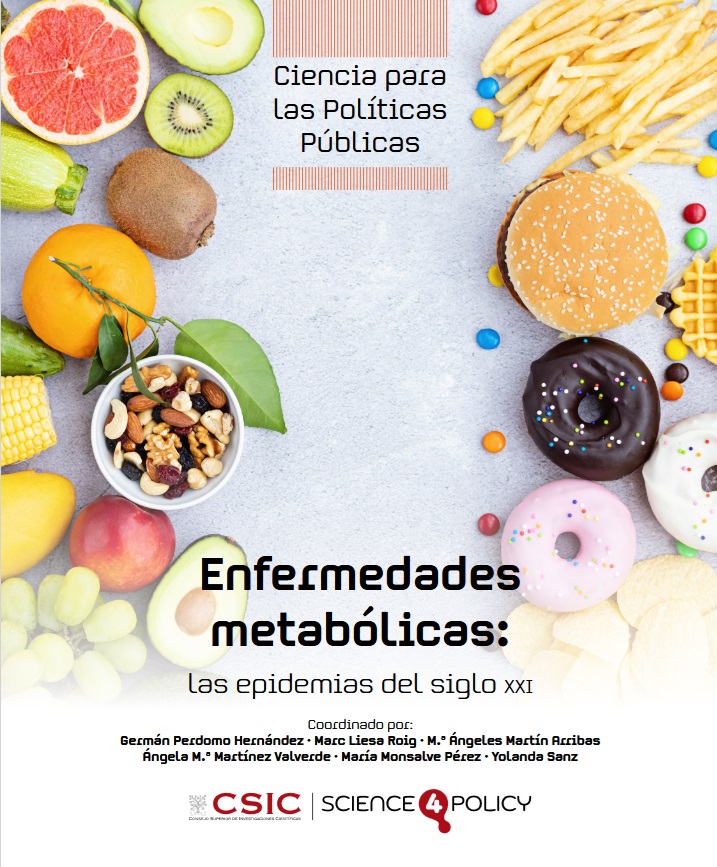 Publicación del Informe: Enfermedades Metabólicas: Las Epidemias del Siglo XXI
Publicación del Informe: Enfermedades Metabólicas: Las Epidemias del Siglo XXI
-
 Entrevista a Carlos Guillén en Canal Diabetes: “Diabetes y deterioro cognitivo: una asociación preocupante”
Entrevista a Carlos Guillén en Canal Diabetes: “Diabetes y deterioro cognitivo: una asociación preocupante”
-
 La Dra. Patricia Corrales Cordón obtiene la Plaza de Profesor Titular en la URJC
La Dra. Patricia Corrales Cordón obtiene la Plaza de Profesor Titular en la URJC
-
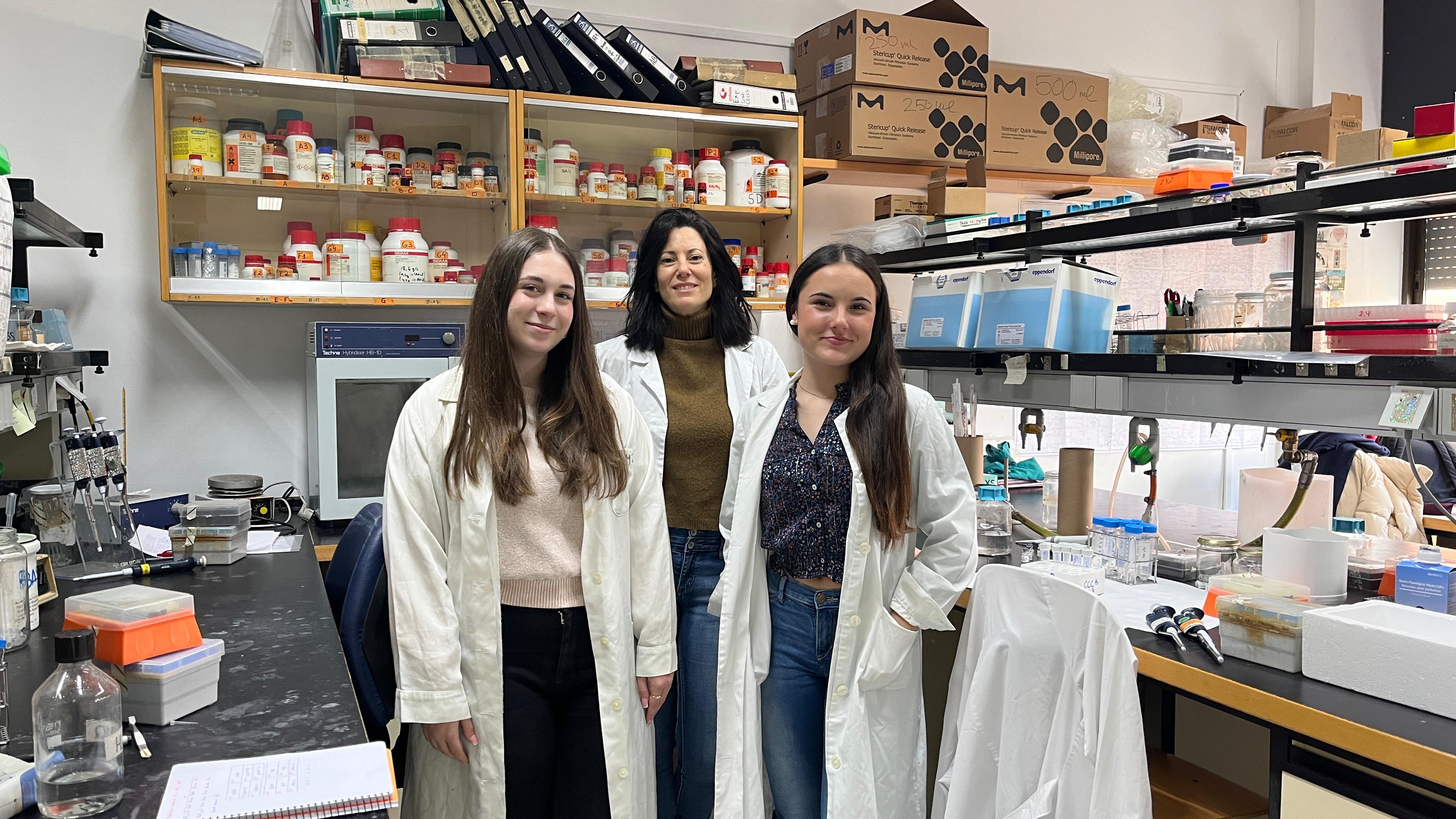 Programa 4ºESO+Empresa: Participación exitosa de Ana Belén Hitos Prados del Grupo Hepir
Programa 4ºESO+Empresa: Participación exitosa de Ana Belén Hitos Prados del Grupo Hepir
-
.jpeg) El Dr. David Sánchez Infantes obtiene la Plaza de Profesor Titular en la URJC
El Dr. David Sánchez Infantes obtiene la Plaza de Profesor Titular en la URJC
-
 Participación de investigadores del Consorcio MOIR-ACTOME: 60ª Reunión Anual de la Asociación Europea para el Estudio de la Diabetes – EASD 2024
Participación de investigadores del Consorcio MOIR-ACTOME: 60ª Reunión Anual de la Asociación Europea para el Estudio de la Diabetes – EASD 2024
-
 La coordinadora del Consorcio MOIR–ACTOME, Gema Medina: Nueva Vicepresidenta de la Sociedad Española de Obesidad
La coordinadora del Consorcio MOIR–ACTOME, Gema Medina: Nueva Vicepresidenta de la Sociedad Española de Obesidad
-
 Participación del Grupo Lipobeta en el Congreso SEEDO 2024
Participación del Grupo Lipobeta en el Congreso SEEDO 2024
-
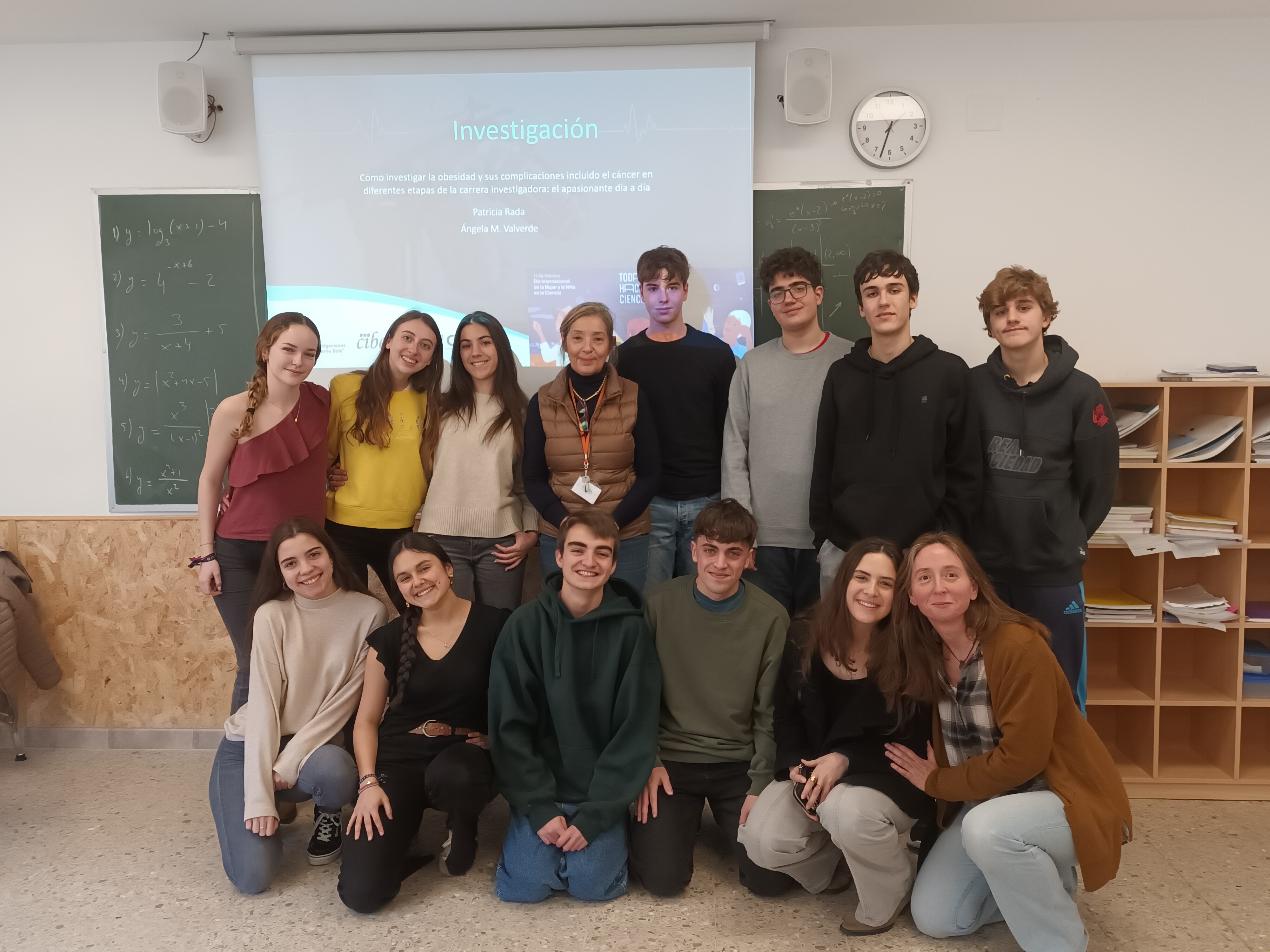 Día de la Mujer y la Niña en la Ciencia 2025: Inspiradora Conferencia en el Colegio Altair Internacional
Día de la Mujer y la Niña en la Ciencia 2025: Inspiradora Conferencia en el Colegio Altair Internacional
-
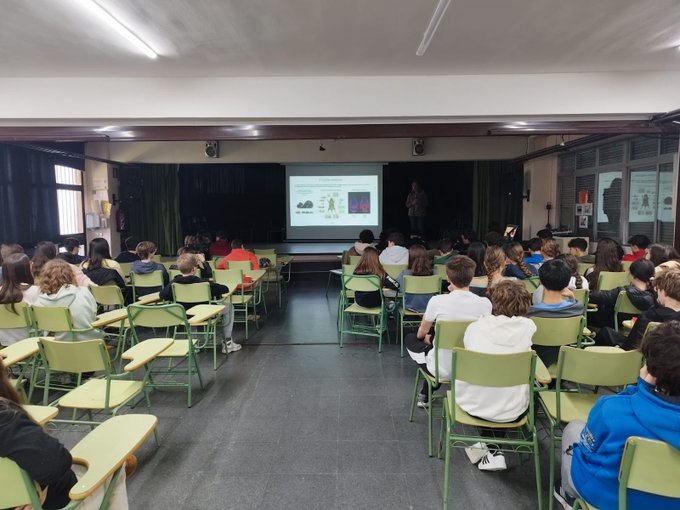 Día de la Mujer y la Niña en la Ciencia 2025: IES Mirasierra
Día de la Mujer y la Niña en la Ciencia 2025: IES Mirasierra
-
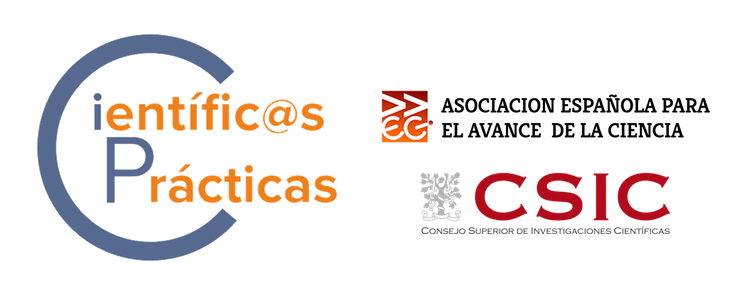 Programa Científic@s en Prácticas: Una Oportunidad para Jóvenes Investigadores
Programa Científic@s en Prácticas: Una Oportunidad para Jóvenes Investigadores
-
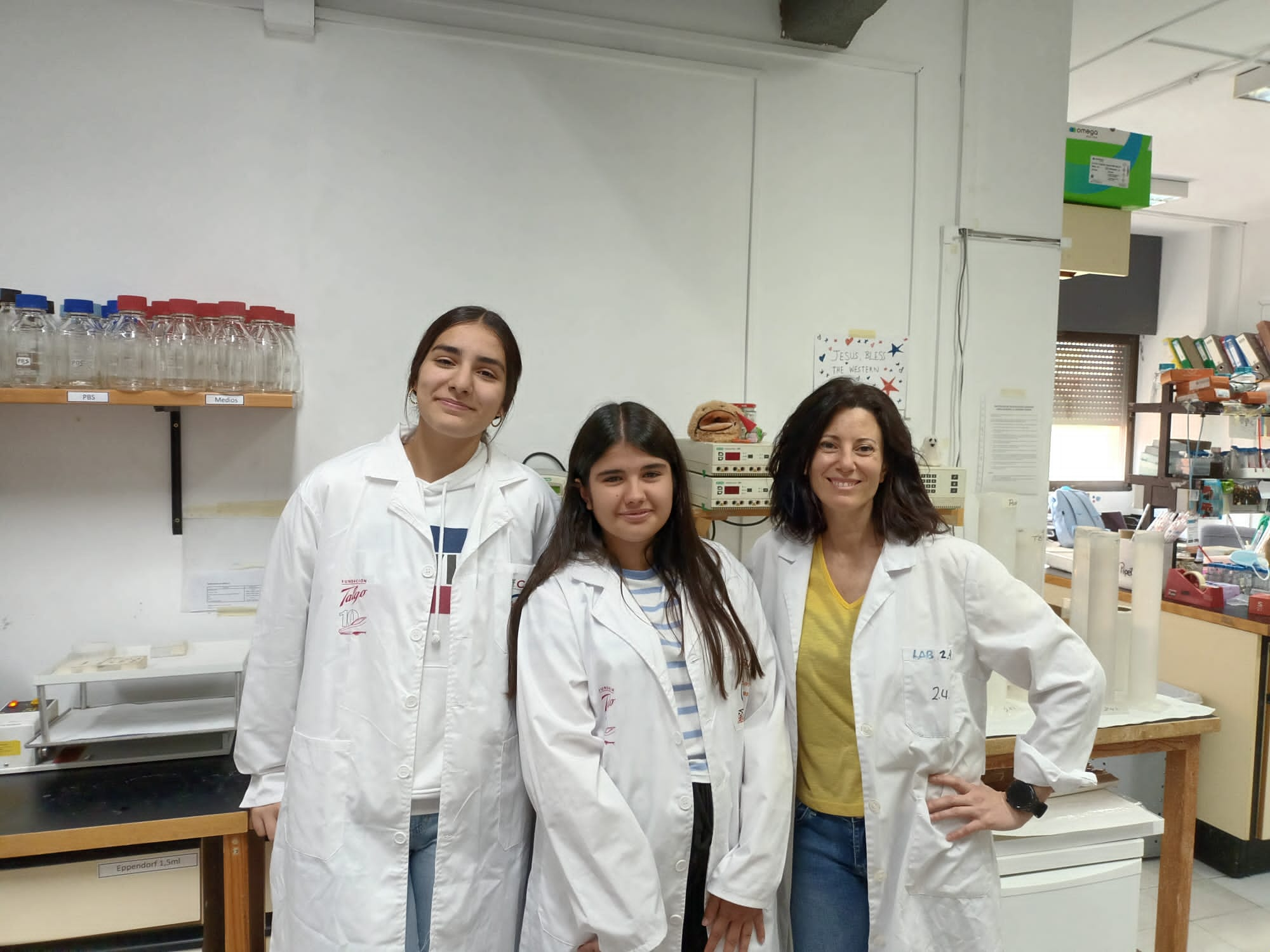 Programa 4º ESO+Empresa: Una Experiencia Enriquecedora para los Estudiantes del Colegio Los Tilos
Programa 4º ESO+Empresa: Una Experiencia Enriquecedora para los Estudiantes del Colegio Los Tilos
-
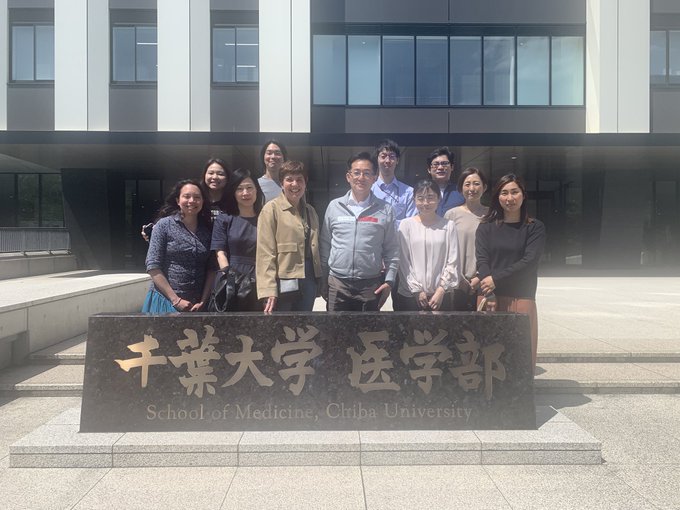 Gema Medina inicia una estancia de investigación en la Universidad de Chiba - Japón
Gema Medina inicia una estancia de investigación en la Universidad de Chiba - Japón
-
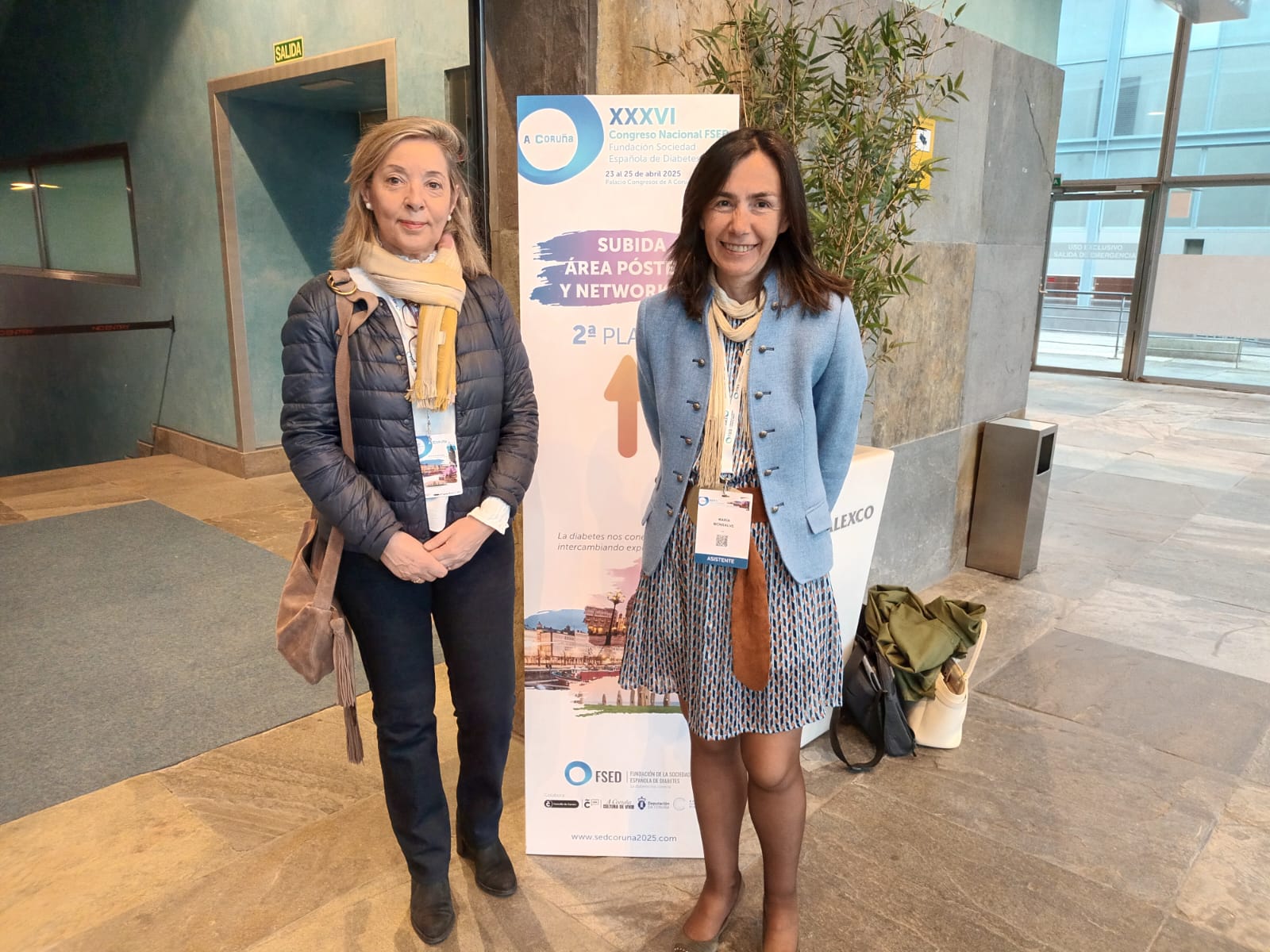 Destacada participación en el XXXVI Congreso de la Fundación Sociedad Española de Diabetes (FSED)
Destacada participación en el XXXVI Congreso de la Fundación Sociedad Española de Diabetes (FSED)
-
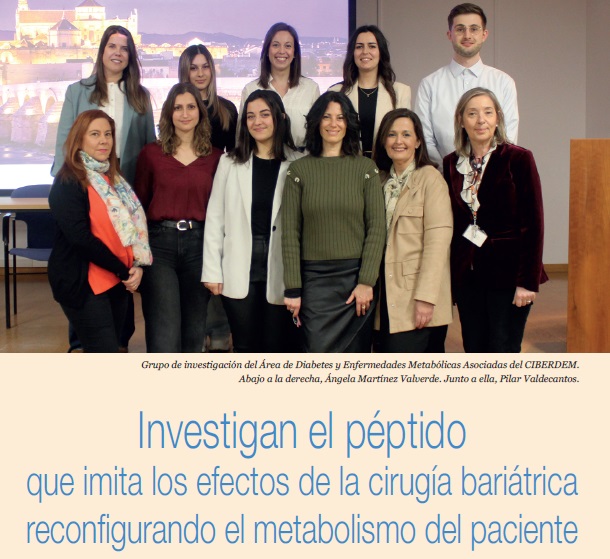 Entrevista a Ángela Martínez Valverde y Pilar Valdecantos: Revista de la Federación Española de Diabetes (FEDE)
Entrevista a Ángela Martínez Valverde y Pilar Valdecantos: Revista de la Federación Española de Diabetes (FEDE)
-
 Exitosa colaboración entre los grupos HEPIR y ENTEROBETA “Revelan el papel de las vesículas extracelulares del hígado en el desarrollo de la diabetes tipo 2”
Exitosa colaboración entre los grupos HEPIR y ENTEROBETA “Revelan el papel de las vesículas extracelulares del hígado en el desarrollo de la diabetes tipo 2”
-
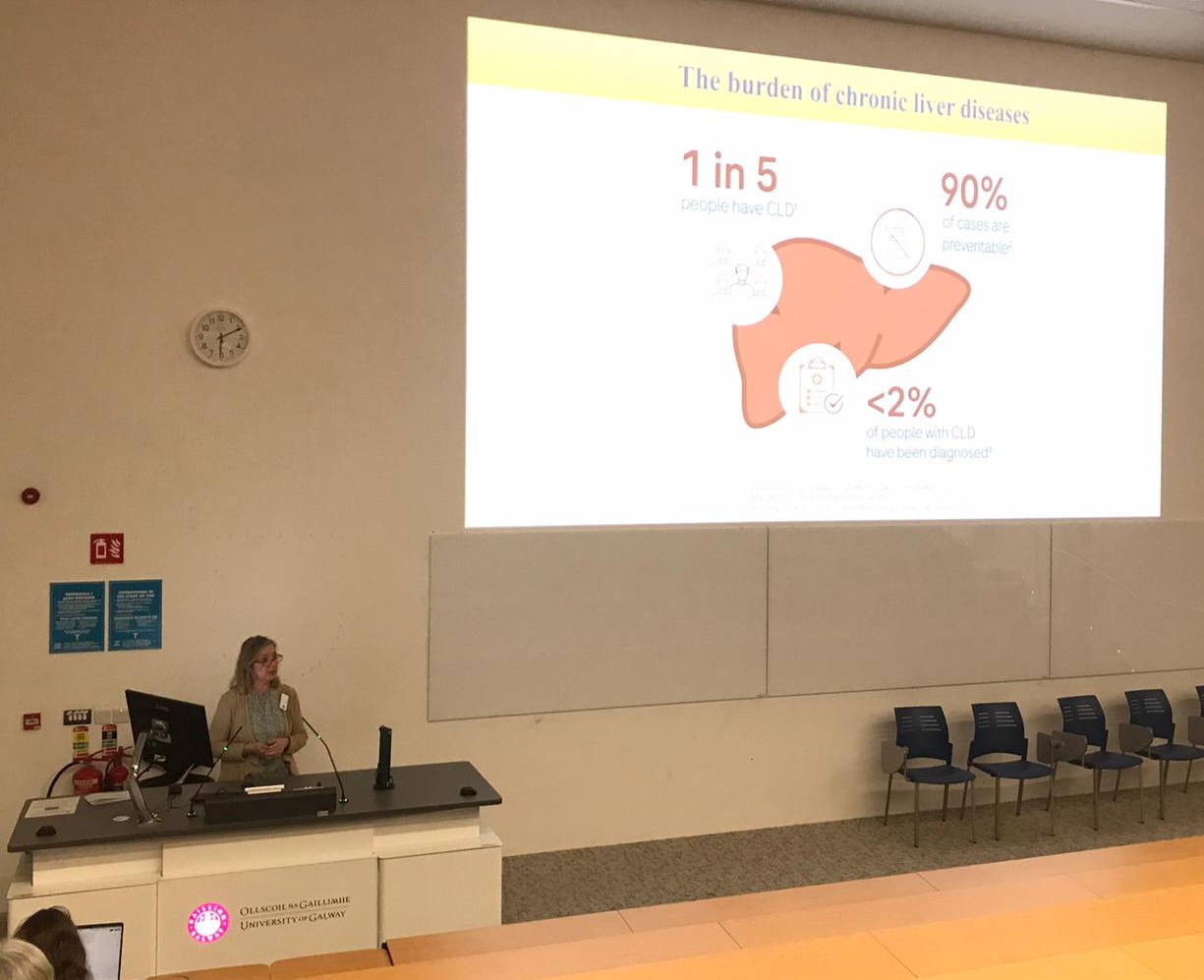 Participación exitosa de Ángela Matínez Valverde: 10th BenBedPhar scientific meeting, NRF2 physiology, pathology, pharmacology, and clinical development
Participación exitosa de Ángela Matínez Valverde: 10th BenBedPhar scientific meeting, NRF2 physiology, pathology, pharmacology, and clinical development
-
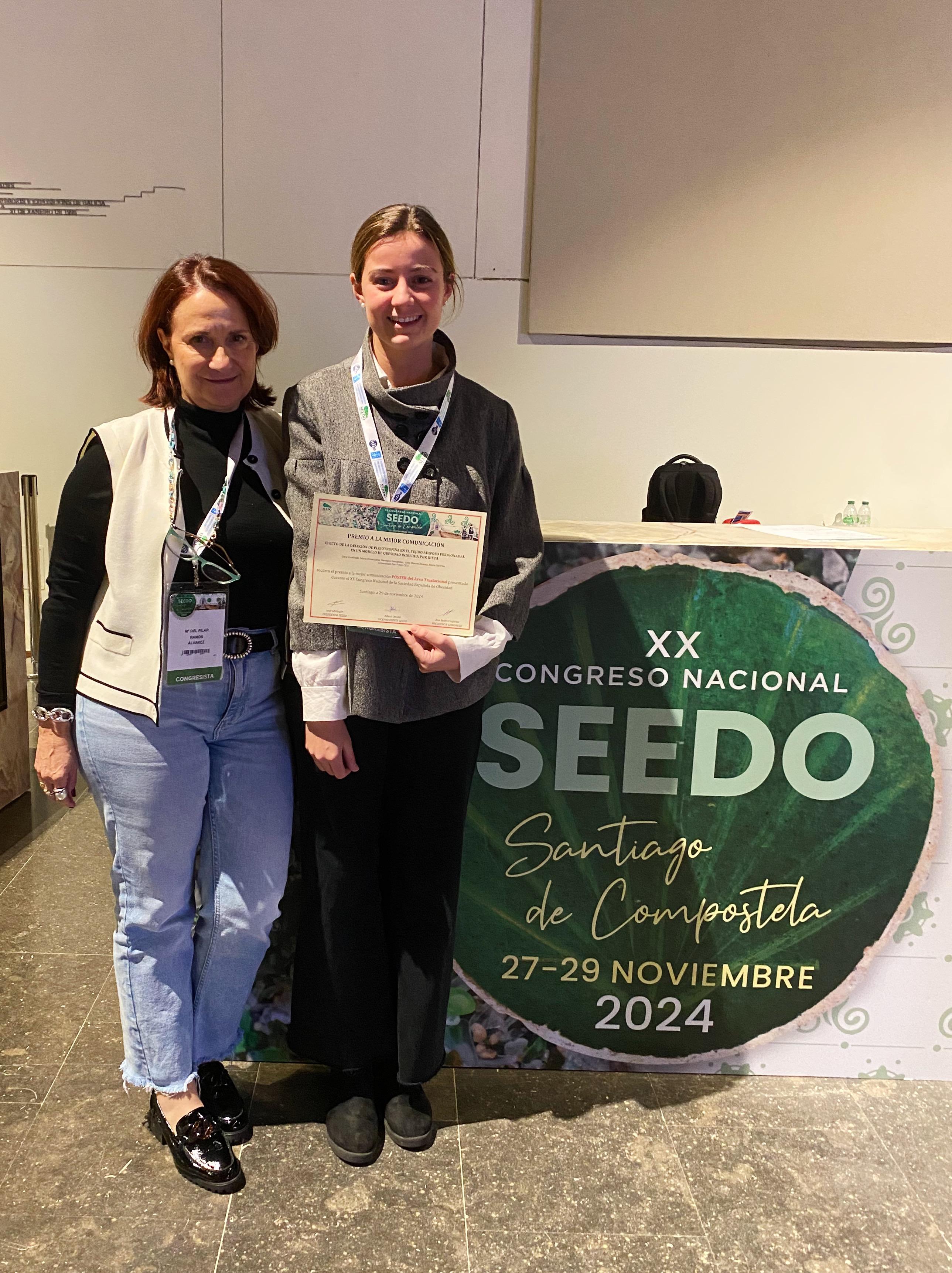 Premio al talento joven: doctoranda del grupo GESTOBES destaca en el XX Congreso Nacional SEEDO
Premio al talento joven: doctoranda del grupo GESTOBES destaca en el XX Congreso Nacional SEEDO
-
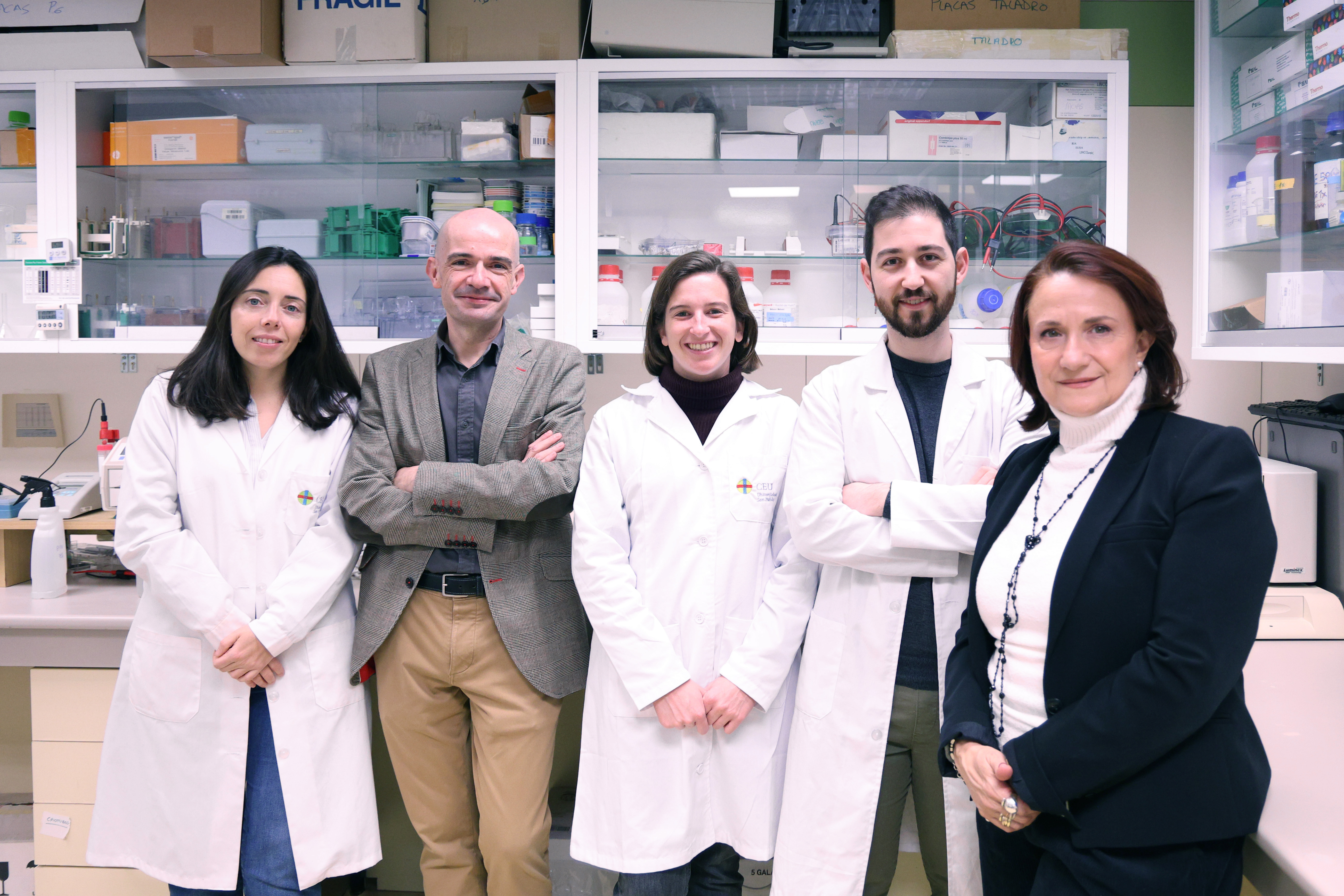 Un mecanismo clave para prevenir problemas neurodegenerativos asociados a la obesidad
Un mecanismo clave para prevenir problemas neurodegenerativos asociados a la obesidad
-
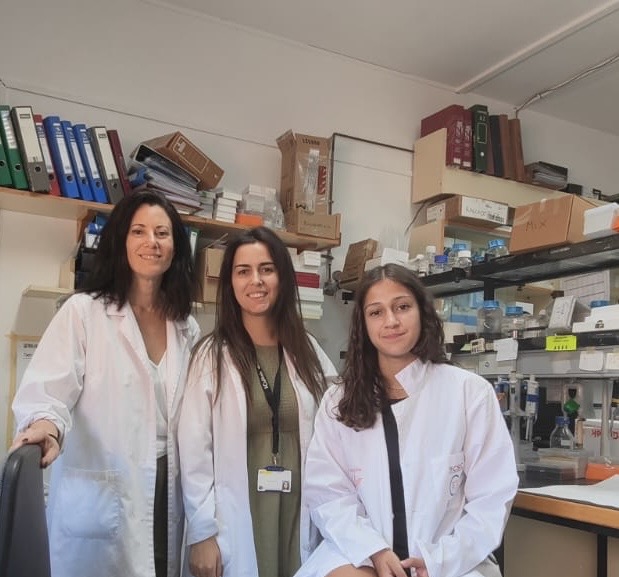 El IIBM potencia vocaciones científicas con Científic@s en Prácticas
El IIBM potencia vocaciones científicas con Científic@s en Prácticas